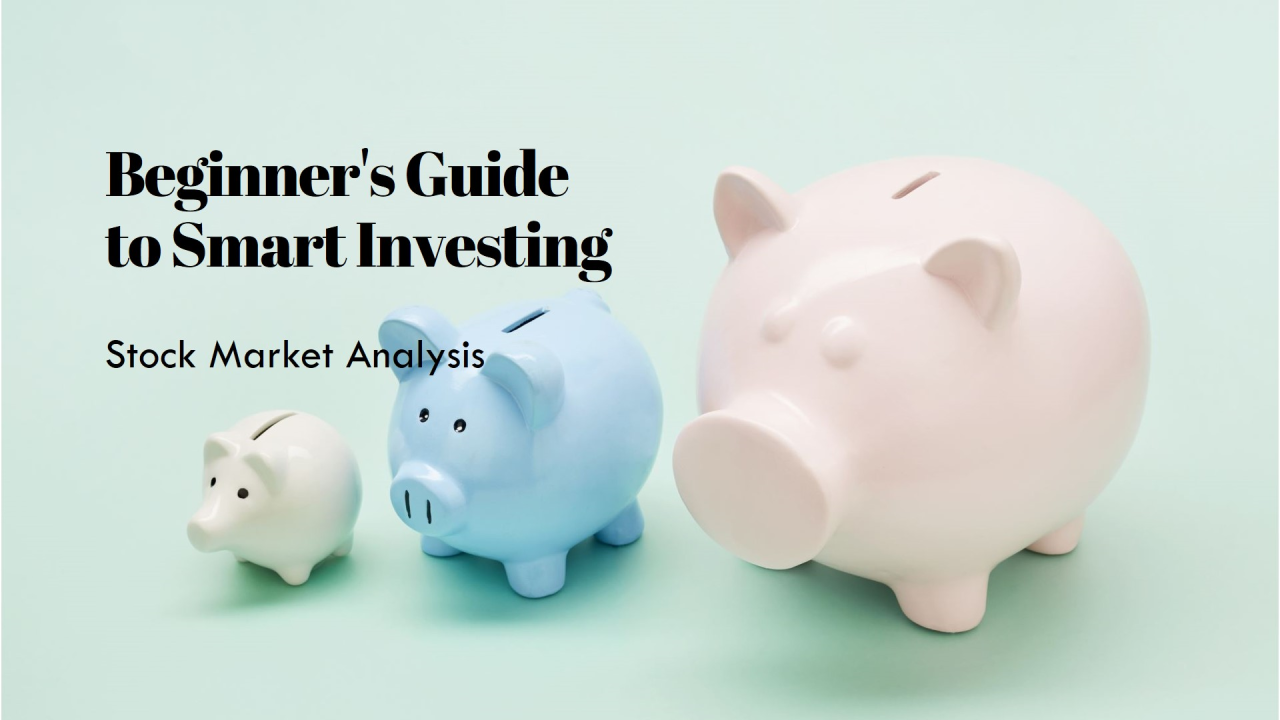Investing in the Stock Market: How to Make Smart Decisions and Avoid Pitfalls
Investing in the Stock Market: The number of people who invest in the stock market is increasing day by day. As more people venture into this dynamic world of investing, the reality is that alongside the rise in investments, the number of people who have lost money is also on the rise. The question arises: why do so many investors lose money, and how can we avoid these common pitfalls?
If you’re someone who’s either new to investing or has already experienced some losses, you’re likely wondering what you can do differently. In this article, we will explore strategies that will help you avoid common mistakes and make smarter decisions when investing in the stock market.
To help you with your investment journey, we have a comprehensive video series planned, breaking down everything you need to know. While I cannot promise that you will make a fortune, I can guarantee that if you follow the advice shared, you’ll significantly reduce your chances of losing money. So, keep reading, take notes, and let’s dive into the essential aspects of smart investing.
What is the Right Time to Invest in the Stock Market? Understanding Market Dynamics
When you invest in the stock market, you’re buying into companies. But stock prices aren’t always in line with the actual value of the company. Sometimes, stock prices can soar due to hype, and at other times, they may fall below what the company’s true worth is. This fluctuation creates an opportunity for savvy investors.
For example, think of a fruit vendor selling apples. In normal times, apples might cost ₹100-₹150 per kg. However, during festivals, the price might spike to₹200 or₹250 due to higher demand. This is a classic case of prices being influenced by demand and supply. Similarly, stock prices can be affected by the public’s perception of the company, which often leads to overpricing or underpricing. How do you, as an investor, avoid buying at the wrong price?
The key here is understanding valuation metrics like the Price-to-Earnings (PE) Ratio, which helps you determine whether a stock is overpriced or underpriced.
What is the PE Ratio, and Why Does It Matter for Investors in Investing Stock Market?
The PE ratio is an important metric used by investors to assess whether a stock is fairly priced. It is calculated by dividing the stock’s current market price by the company’s earnings per share (EPS). Simply put, the PE ratio tells you how much investors are willing to pay for a company’s earnings. For example, if a company’s PE ratio is 25, it means investors are willing to pay ₹25 for every ₹1 of earnings.
A higher PE ratio suggests that investors are willing to pay a premium for the stock, which could indicate high confidence in the company’s growth. On the other hand, a low PE ratio might suggest that the stock is undervalued, but it could also indicate that investors lack confidence in the company’s future growth.
Investing Stock Market: How Do You Calculate the PE Ratio?
The formula for calculating the PE ratio is straightforward:
- PE Ratio = Market Price per Share / Earnings per Share (EPS)
Where:
- Market price per share is the current price at which the stock is being traded.
- EPS (Earnings Per Share) is the company’s profit after tax (PAT) divided by the number of outstanding shares.
Why Should You Care About the PE Ratio When Investing in the Stock Market?
As an investor, you should always keep an eye on the PE ratio because it provides insight into the market’s expectations of a company’s future performance. If a company has a high PE ratio, it might indicate that the market expects strong future growth, which could be a sign that the stock is overvalued. Conversely, a low PE ratio may suggest that the stock is undervalued, offering potential investment opportunities.
It’s also essential to look at the PE ratio in context. Don’t just rely on the number itself; compare it to the company’s historical PE ratio, its industry’s average PE ratio, and the growth rate of the company. A PE ratio that seems high compared to the industry average may not necessarily be a bad thing if the company is growing rapidly.
Forward PE: What Is It and Why Is It Crucial for Investment Decisions?
The forward PE ratio is an estimation of the PE ratio based on projected earnings for the next 12 months. Analysts and investors use this figure to get an idea of how the company is expected to perform in the future. While it’s not a guaranteed prediction, it’s a useful tool to assess whether the stock is poised for growth or if its current valuation is too high.
For instance, if the current PE ratio is high but the forward PE ratio is lower, it could signal that the stock is overvalued based on its future growth potential. On the other hand, if the forward PE ratio suggests a growth trajectory, it may indicate an investment opportunity.
Understanding Industry PE and How to Use It for Smart Investment Decisions
The industry PE ratio is the average PE ratio for companies in the same sector. This can be extremely helpful when assessing the valuation of a company relative to its peers. If a company’s PE ratio is significantly higher than the industry average, it might be overpriced. Conversely, if it’s lower, the stock could be undervalued or facing short-term challenges that might create an opportunity for investors.
For example, if the automotive sector’s average PE ratio is 20, and Tata Motors has a PE of 9, it could indicate that the company is undervalued compared to its industry peers, potentially making it a buying opportunity.
Avoiding Common Stock Market Pitfalls: How to Make Smart Investment Decisions
It’s easy to get caught up in market trends and invest based on excitement or fear. However, successful investing requires a disciplined approach. Here are some strategies to help you avoid pitfalls and make smart decisions when investing in the stock market:
- Understand the Value of the Stock: Use the PE ratio, forward PE, and industry PE to assess whether a stock is overvalued or undervalued. Don’t rely on price movements alone.
- Do Your Research: Always look at the company’s fundamentals. Review its earnings reports, future growth potential, and industry trends before making a decision.
- Look at Historical Performance: Review how the stock’s PE ratio and price have behaved in the past. This can give you insight into how it might perform in the future.
- Don’t Let Emotion Drive Your Decisions: The stock market is volatile, and it’s easy to get swayed by fear or greed. Stick to your strategy and make decisions based on facts, not emotions.
- Diversify Your Portfolio: Don’t put all your money into one stock or sector. Spread your investments across different industries to reduce risk.
Conclusion: Smart Investing Stock Market
Investing in the stock market can be an excellent way to grow your wealth, but it’s important to understand the risks involved and make decisions based on careful analysis. By learning about key metrics like the PE ratio, forward PE, and industry PE, you can avoid common pitfalls and make informed investment decisions.
Remember, investing in the stock market isn’t about trying to time the market or predicting short-term fluctuations. It’s about making long-term, data-driven decisions that will help you build wealth over time. So, take the time to educate yourself, understand the market dynamics, and make smarter investment choices.
If you follow these strategies, you’ll significantly reduce your chances of losing money and increase your chances of success in the stock market.
Good luck, and happy investing!










